- Payment Options
- Terms Conditions
- Malibu 453 blv
- info@charity.com
Floods are one of the most devastating natural disasters, causing widespread damage to homes, infrastructure, and livelihoods. In the aftermath, communities often face significant challenges in rebuilding and recovering.
As a community Based Organisation, SanaaYetu has been trying to help our
community member’s recover from the devasting flooding caused by the
heavy rains last month in Huruma,Mathare. Some essential steps and
strategies we have been using to help our community recover after the
flood in partnership with different Organisation’s and the government:
Immediate Response
1. Ensure Safety and Provide Emergency Aid
Rescue Operations: Prioritize the safety of individuals. Coordinate with
local authorities and rescue teams to evacuate those in immediate danger.
First Aid and Medical Assistance: Set up emergency medical camps to treat injuries and prevent disease outbreaks.
Shelter and Basic Necessities: Establish temporary shelters and provide essential items such as food, water, and clothing.
2. Assess the Damage
Conduct a thorough assessment of the affected areas to understand the
extent of the damage. This includes evaluating structural damages to
buildings, roads, and bridges, as well as losses in agriculture and businesses.
Short-Term Recovery
3. Clean-Up and Sanitation
Organize community clean-up efforts to remove debris and hazardous materials.
Ensure proper sanitation to prevent waterborne diseases. This includes
disinfecting drinking water sources and providing hygiene kits.
4. Provide Financial Assistance and Resources
Facilitate access to emergency funds and grants for individuals and
businesses to start the rebuilding process.
Distribute resources such as building materials, tools, and equipment to help with repairs and reconstruction.
Long-Term Recovery
5. Rebuild Infrastructure
Collaborate with government agencies and NGOs to rebuild critical
infrastructure such as roads, bridges, schools, and hospitals.
Consider flood-resistant designs and materials to enhance resilience
against future floods.
6. Support Mental Health and Well-being
Provide counseling and mental health services to help individuals cope
with the trauma and stress caused by the flood.
Organize community events and activities to foster a sense of normalcy and community spirit.
7. Restore Livelihoods
Implement programs to help individuals regain their livelihoods. This
may include vocational training, job placement services, and support for
local businesses.
Assist farmers and agricultural workers in replanting crops and
restoring farmland.
8. Enhance Preparedness and Resilience
Educate the community on flood preparedness and safety measures.
Develop and implement early warning systems and emergency response
plans.
Promote sustainable land use practices and invest in flood mitigation
infrastructure, such as levees and drainage systems.
Community Involvement
9. Foster Community Engagement and Volunteerism
Encourage community members to participate in recovery efforts and
decision-making processes.
Establish volunteer groups and partnerships with local organizations to mobilize resources and support.
10. Advocate for Policy Changes
Work with local and national governments to advocate for policies and
funding that support long-term recovery and disaster resilience.
Address underlying issues such as poor urban planning and inadequate drainage systems that exacerbate flood risks.
Recovering from a flood is a complex and ongoing process that requires coordinated efforts from individuals, communities, governments, and organizations. By focusing on immediate relief, short-term recovery, and long-term resilience, communities can rebuild stronger and better prepared for future challenges. Community involvement, proper planning, and sustained support are key to ensuring a successful recovery and reducing the impact of future floods and also the government should be humane and avoid demolitions without options at these time’s as it leads to homelessness and more camps cropping up.
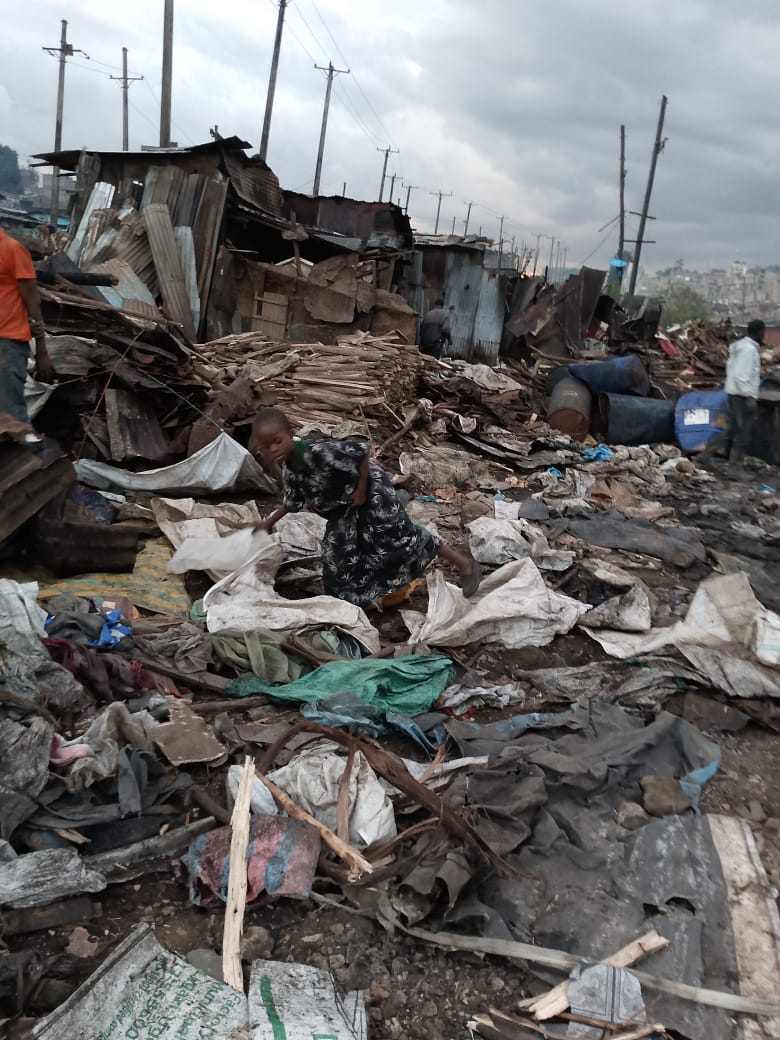
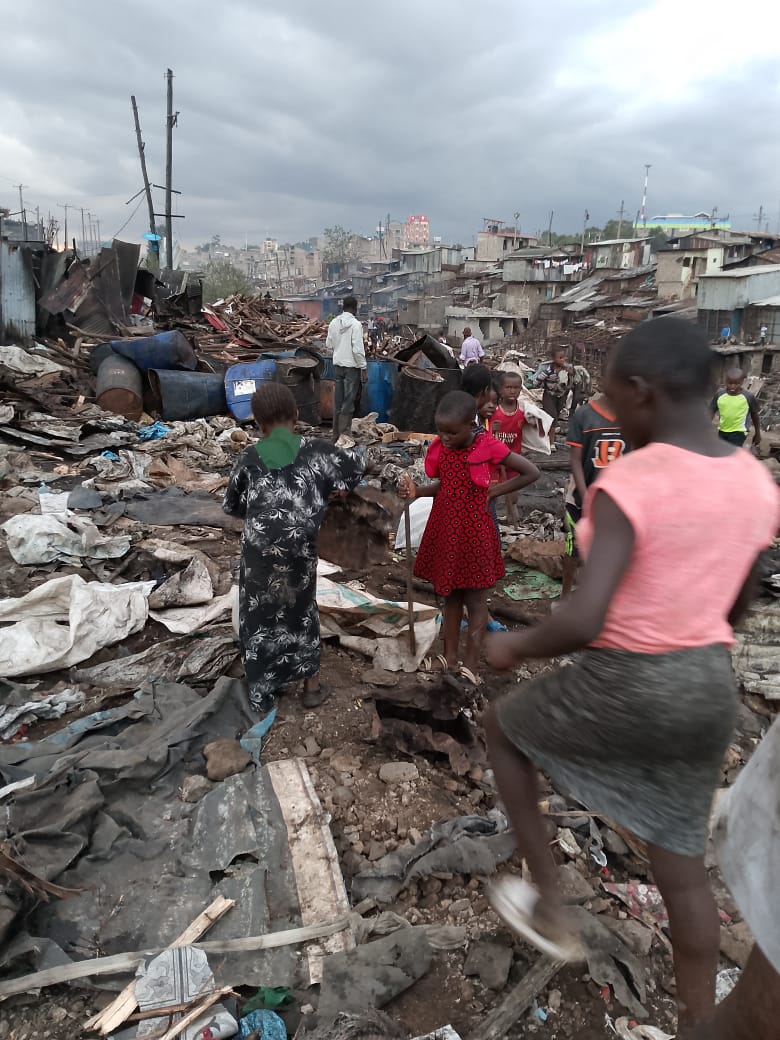
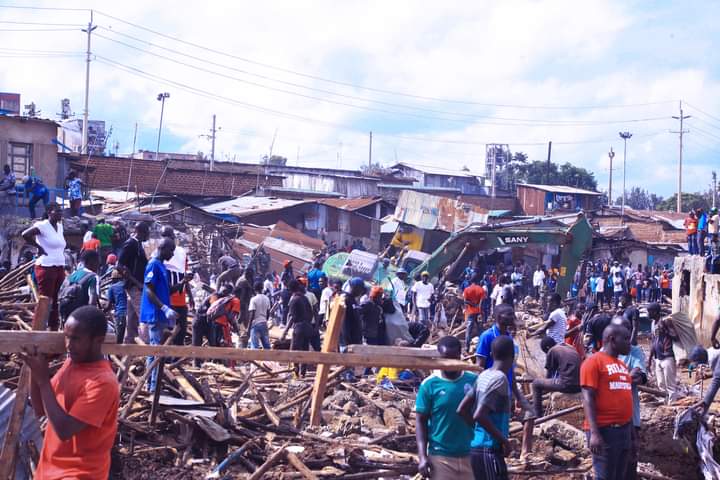
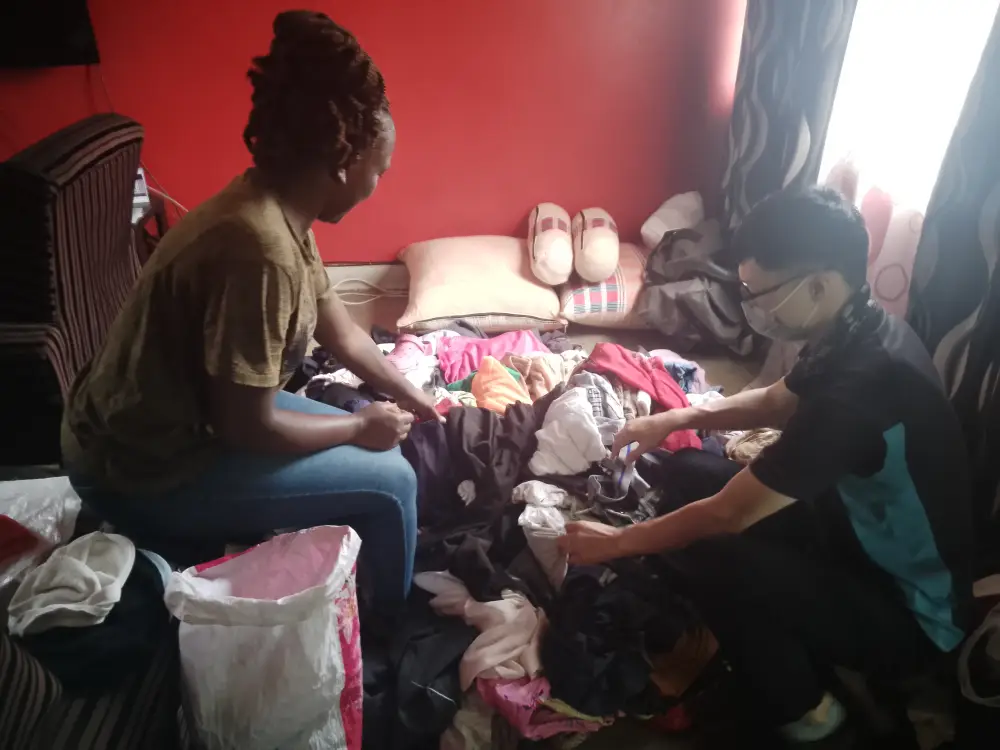
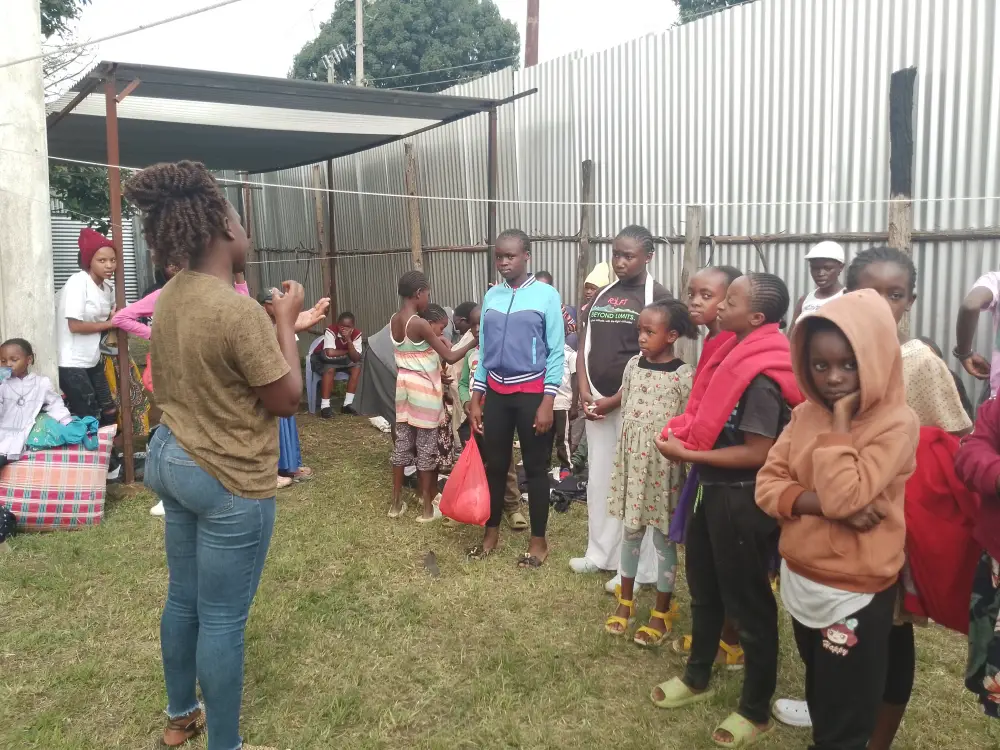
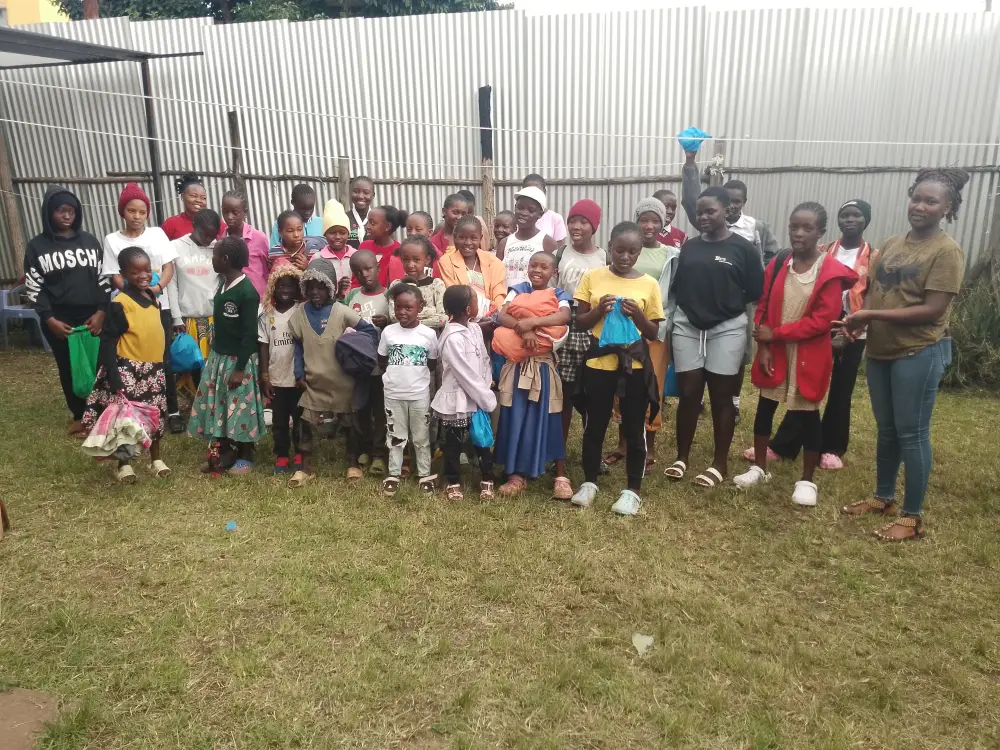
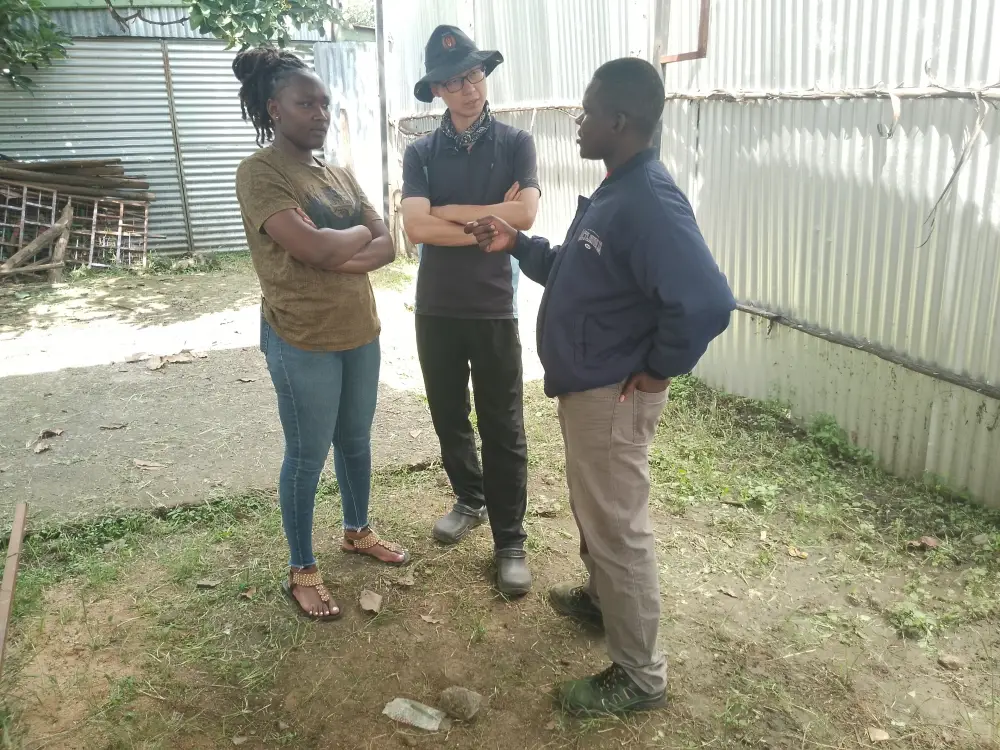
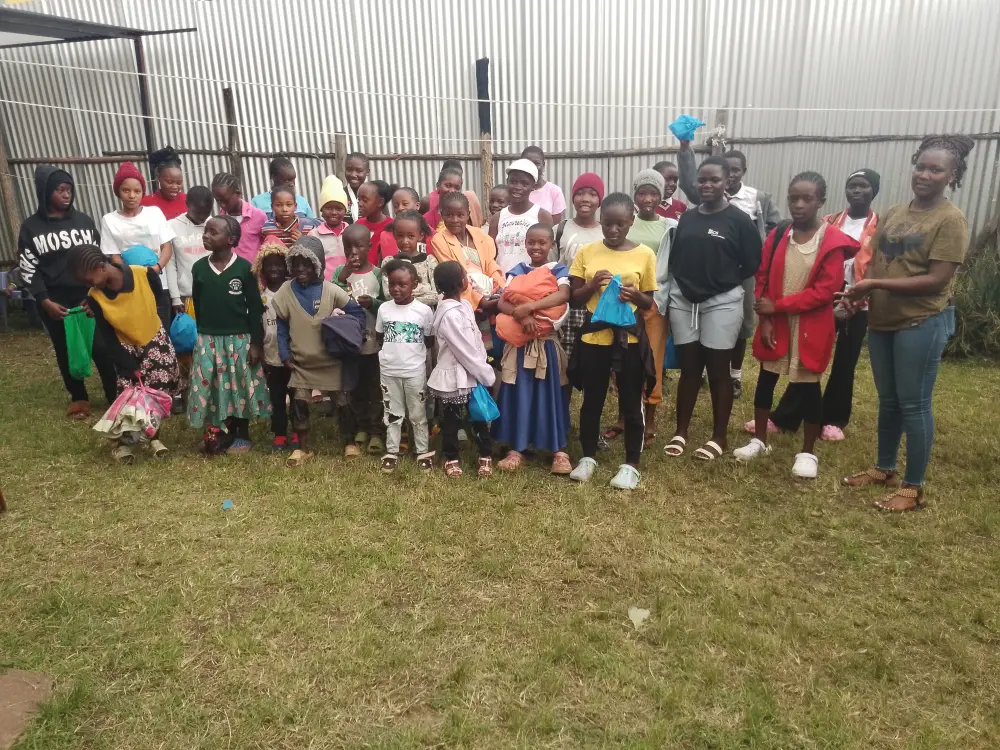



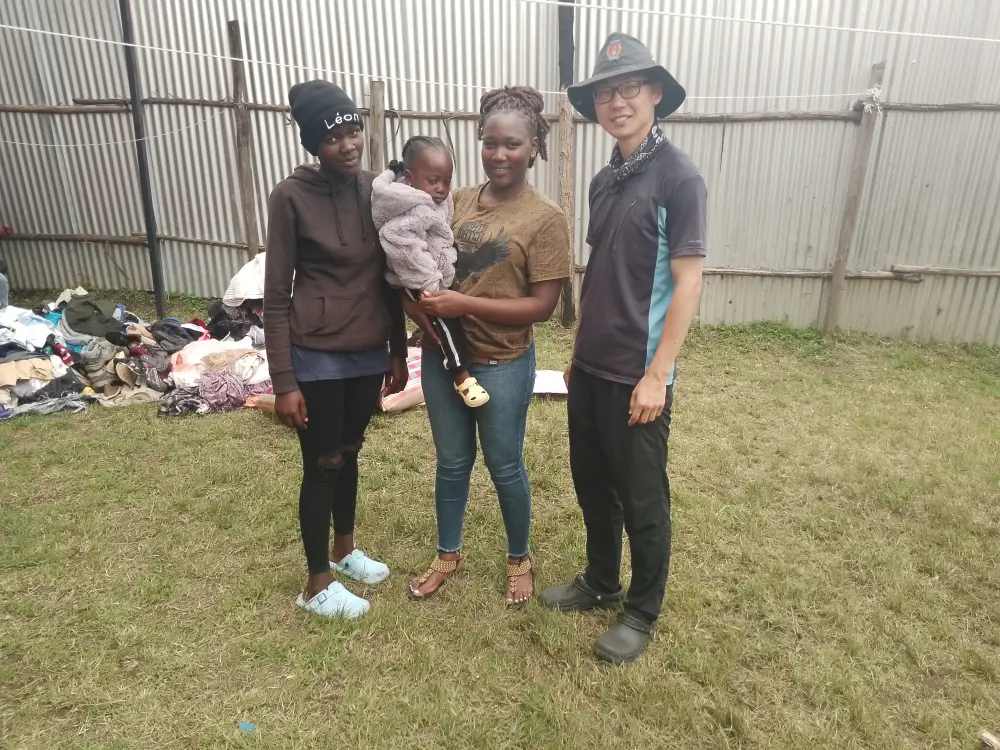
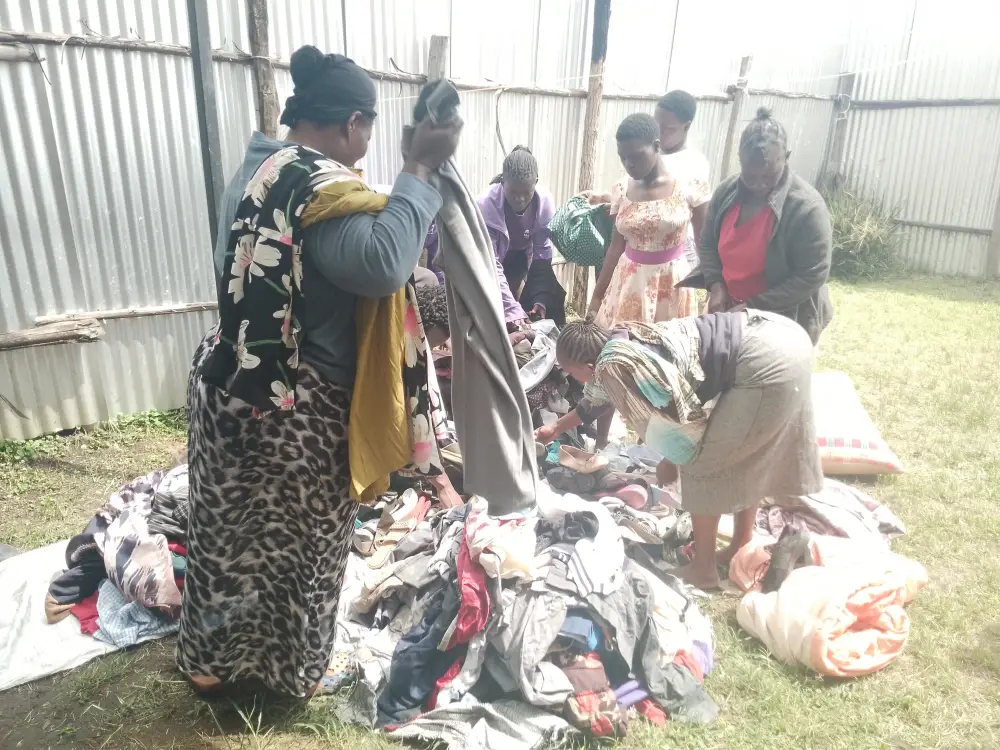

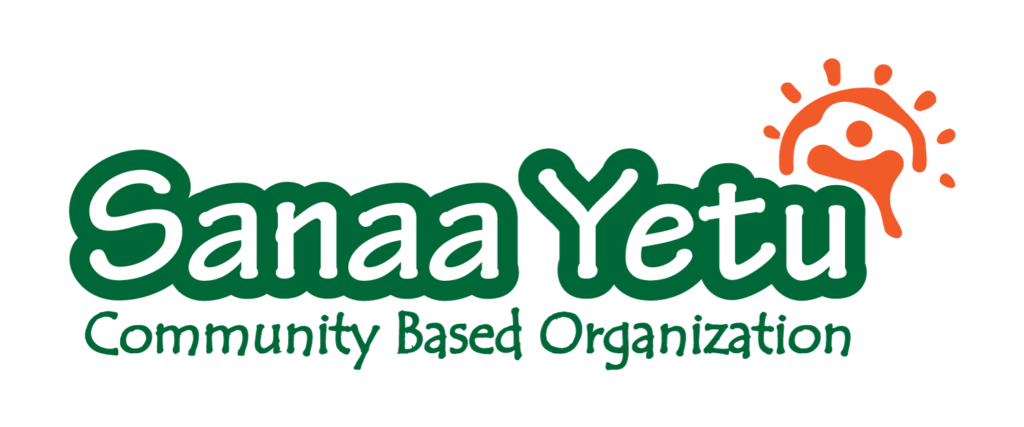
We are a community based organization focused on empowering women and Youth through access to information, Education and business opportunities. We educate our community on importance of mental wellness, menstrual hygiene business opportunities and a clean environment as the key to a progressive community. We advocate for tax cut policies that affect women sanitary health and access to favourable loans to empower the youth to have small startups in our community.






© Copyright 2024. Powered by Capenet Global